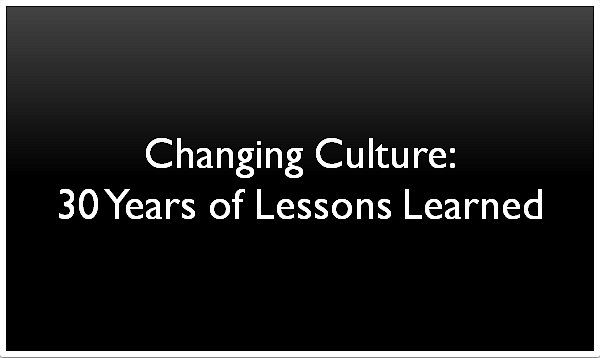
Why Employees Leave Companies With Great Cultures
Why Employees Leave Companies With Great Cultures
Your Company’s Culture Is Unclear
Maybe you think your company’s cultural values are self-evident. Are you really sure about that? Because unclear values can lead to drift and eventually to counterproductive behavior. It’s easy for “it’s-not-my-job syndrome” to rear its ugly head when nobody in the culture knows what the company values. Leaving your company’s values to develop as they may create a culture clouded by the haze of uncertainty.
Your Company Does Not Embrace Openness
The more transparent a company’s culture, the more likely it is that the inevitable problems can be routinely identified and fixed before a crisis hits. Every time a mistake or failure comes to light, and lessons are drawn from whatever went wrong, a company is a step closer to a culture built for growth rather than just maintenance.
You Don’t Respect Your Employees’ Time
A really good CEO at the head of a great company culture will think about the bigger picture and realizes people have lives outside of work. That’s the number one way to prevent people from feeling like they might want to be somewhere else. The time from 5 p.m. on Friday to 9 a.m. on Monday should be people’s own time, not the company’s. It should be people’s choice to work on the weekends or not. When you provide this level of freedom, it makes it that much more reasonable to set high-expectations for people while they are actually at work. It’s a surefire way to help people love their work, and people who love their job/company will organically work more anyway, so really it’s a win-win.
One of the most important steps in creating a great company culture is understanding your business’s unique strengths and weaknesses, and the best way to do that is via CultureStrategyFit. So if you need help improving and or developing your company’s culture, give us a call today at 1-833-391-1896 for a free, no-obligation consultation.









